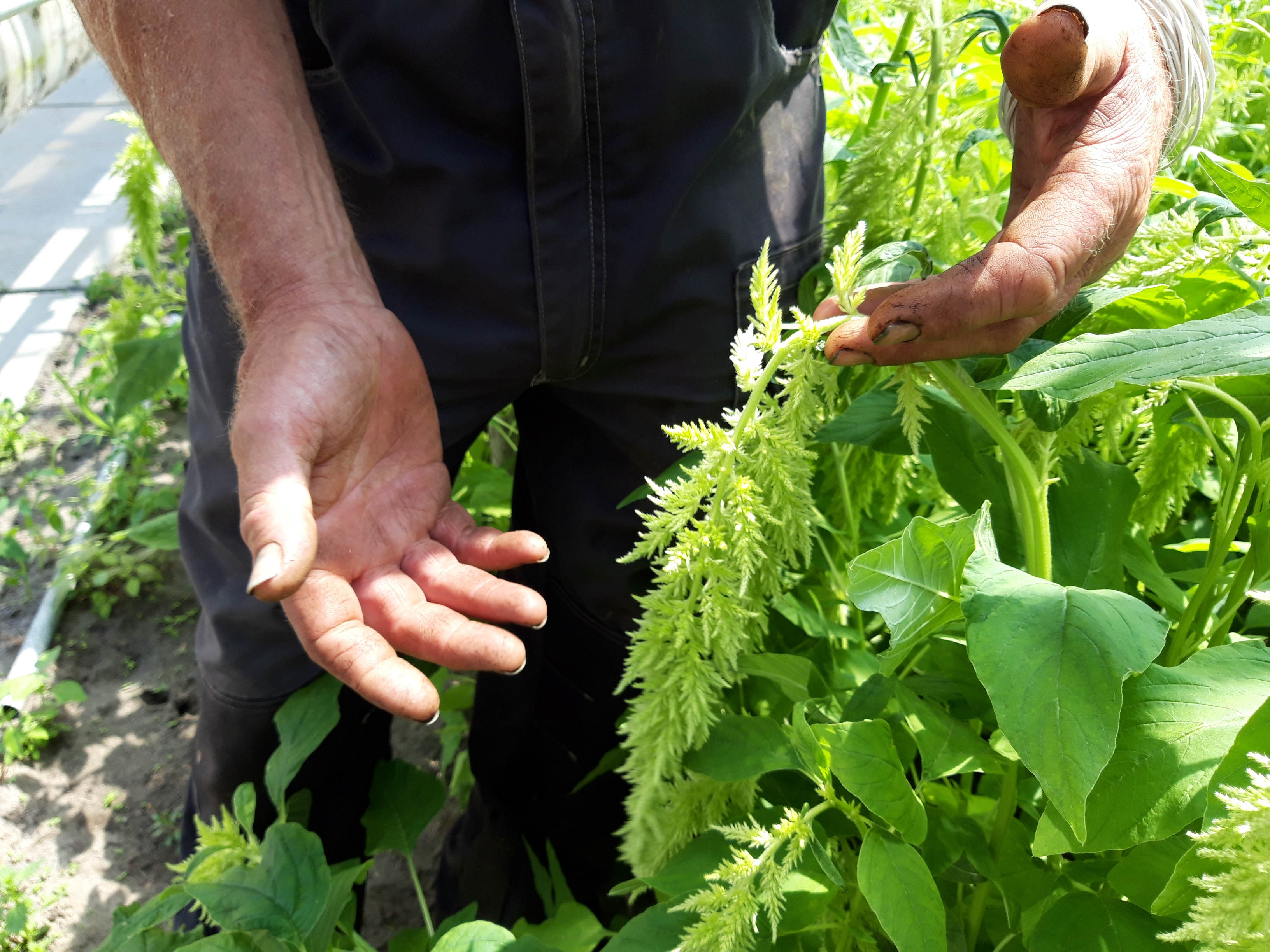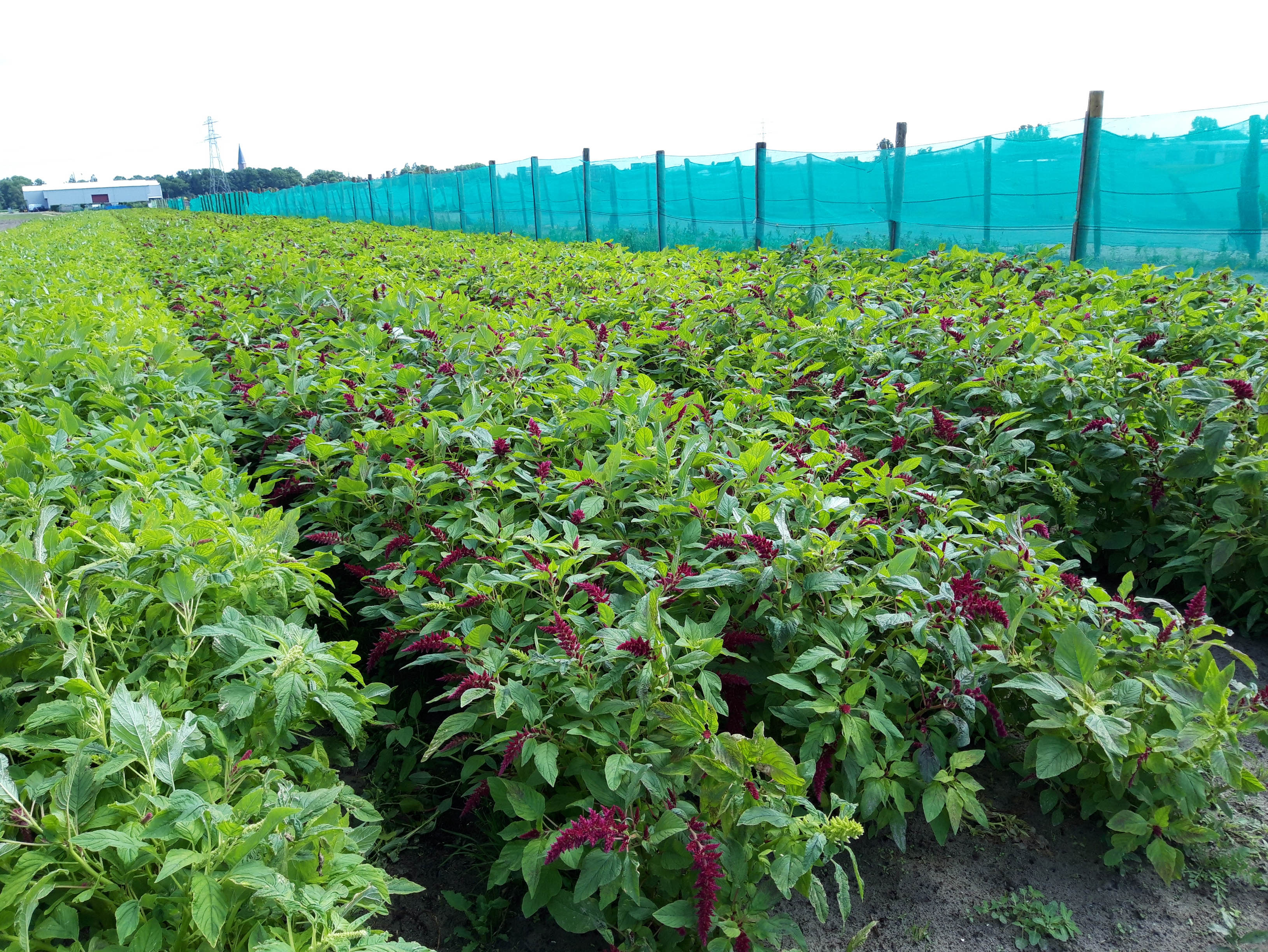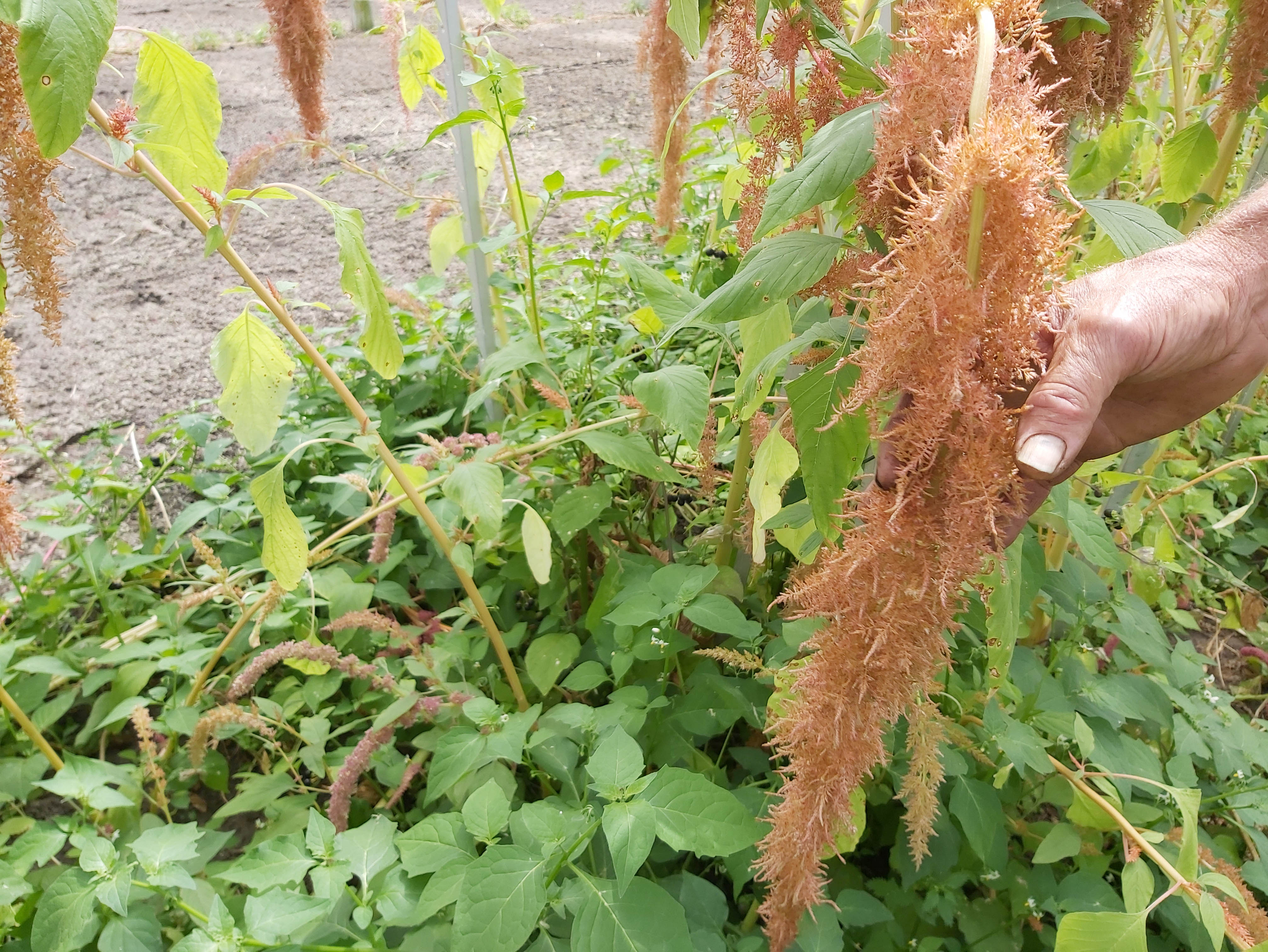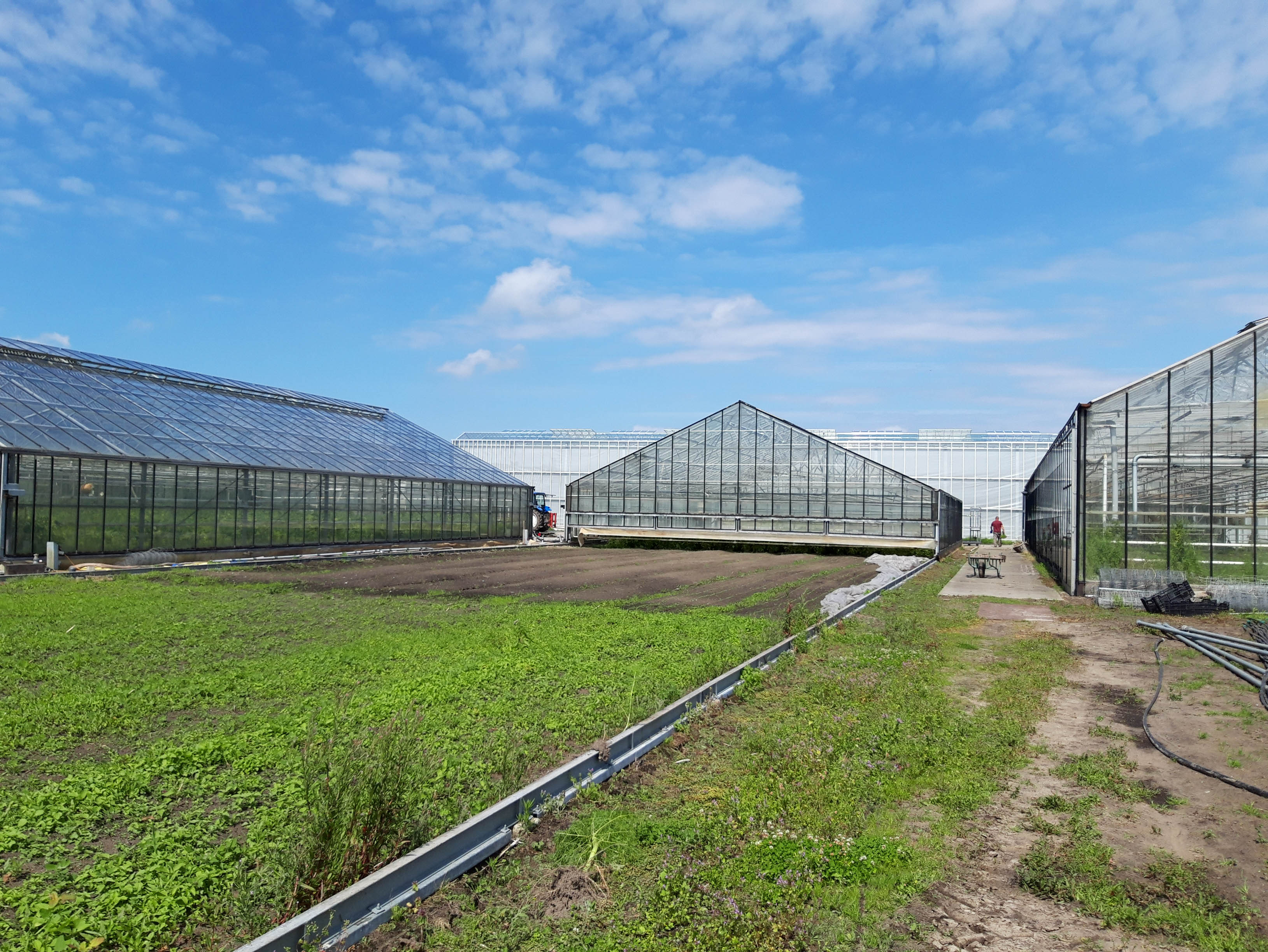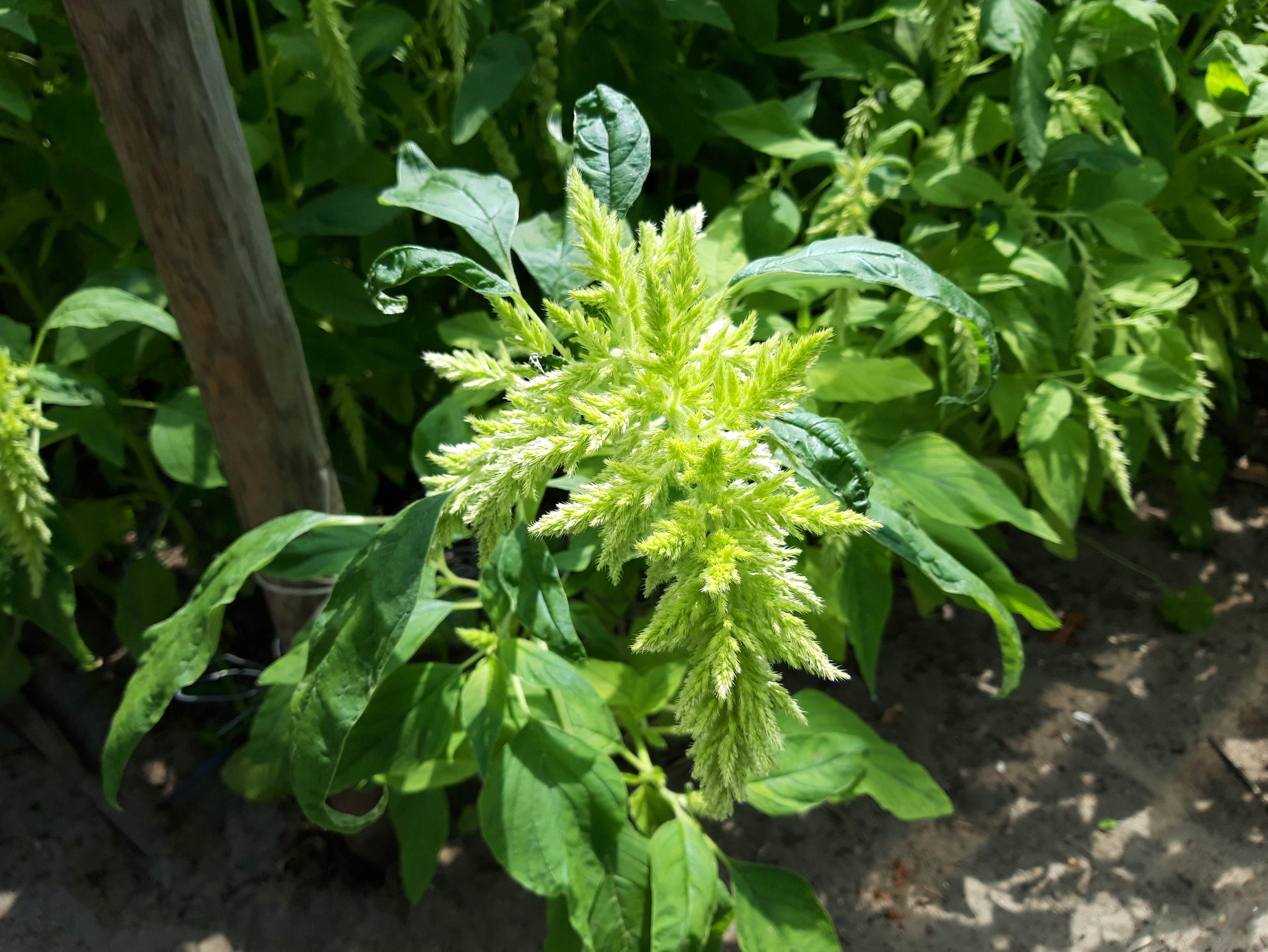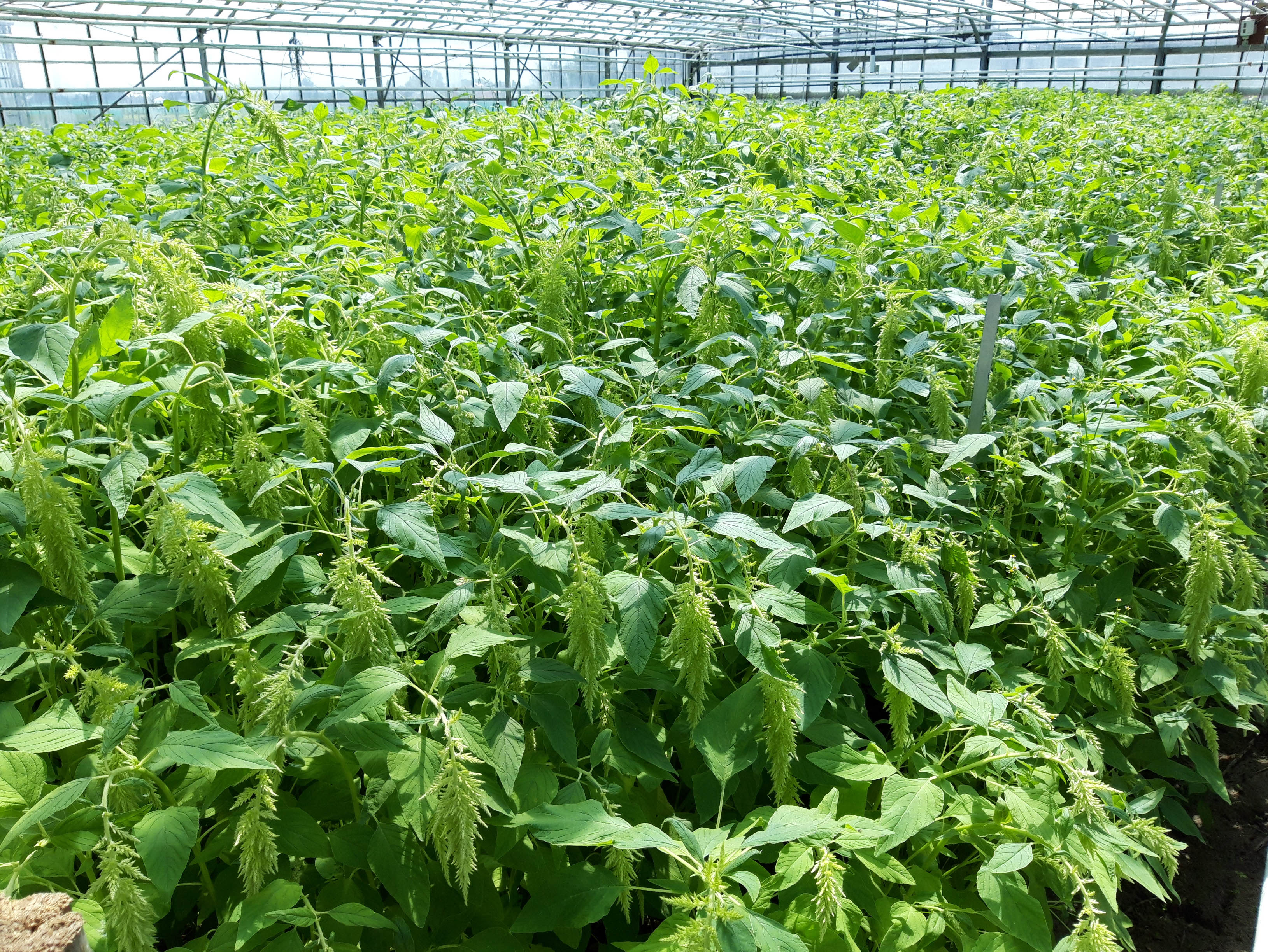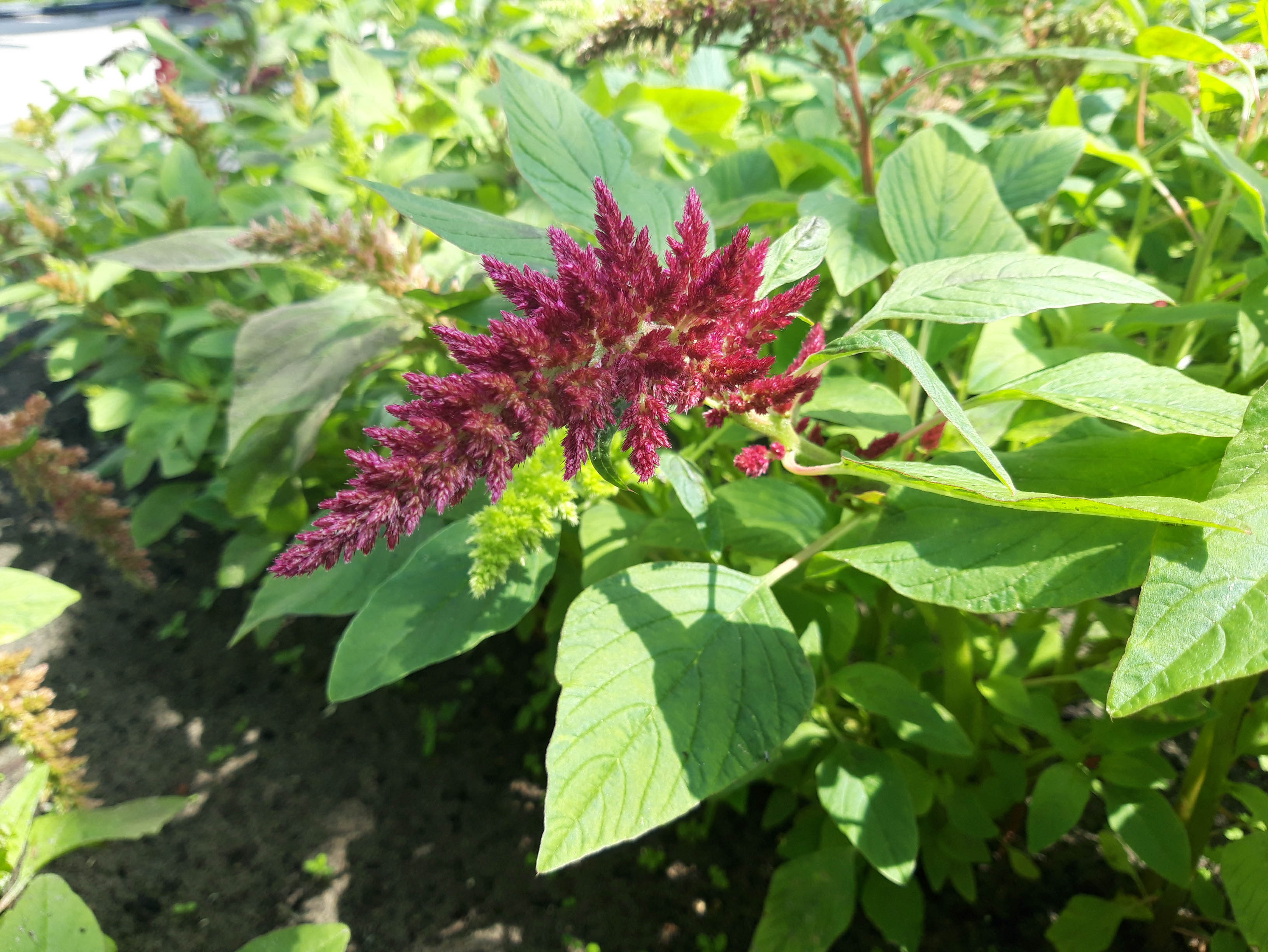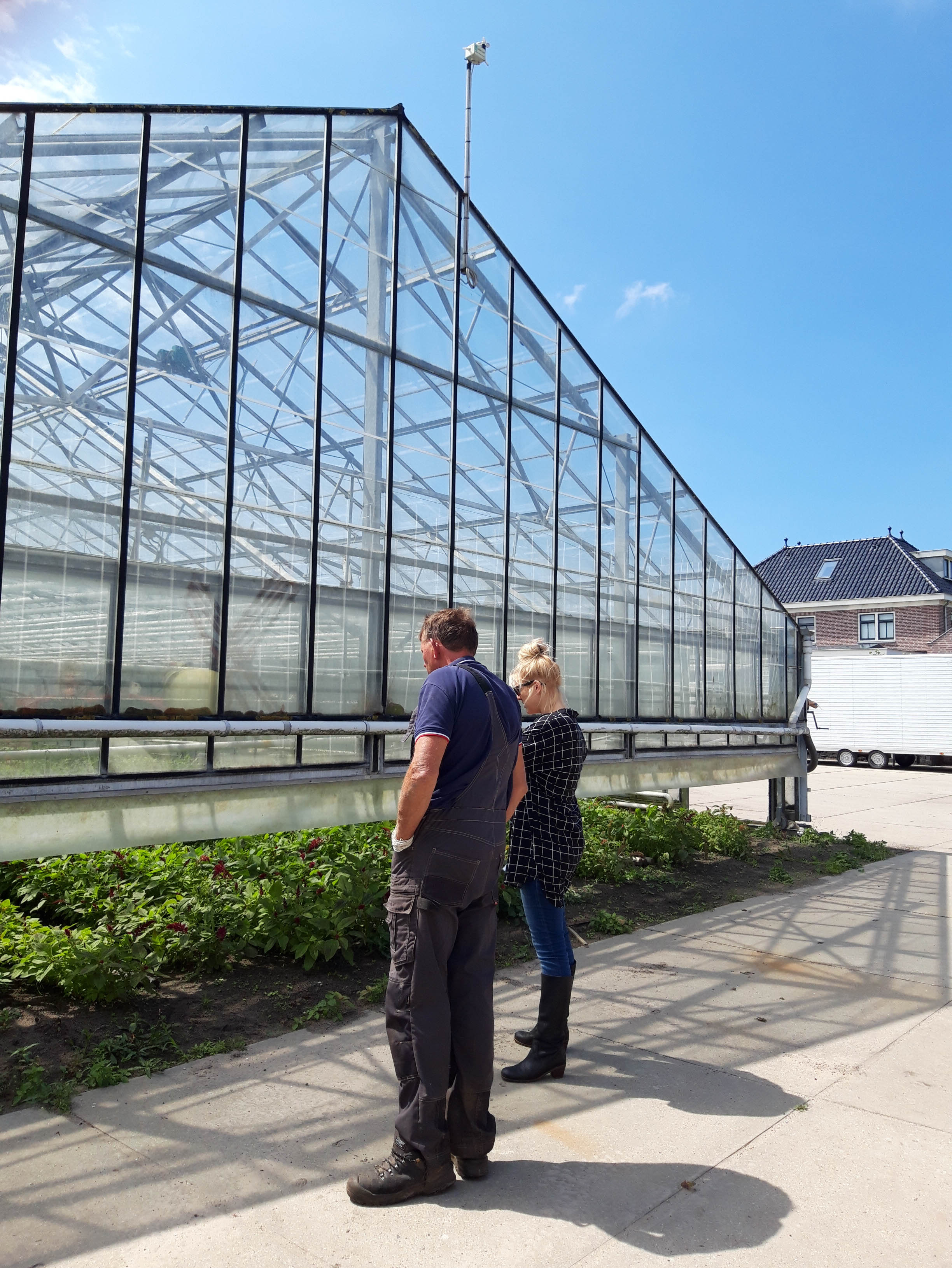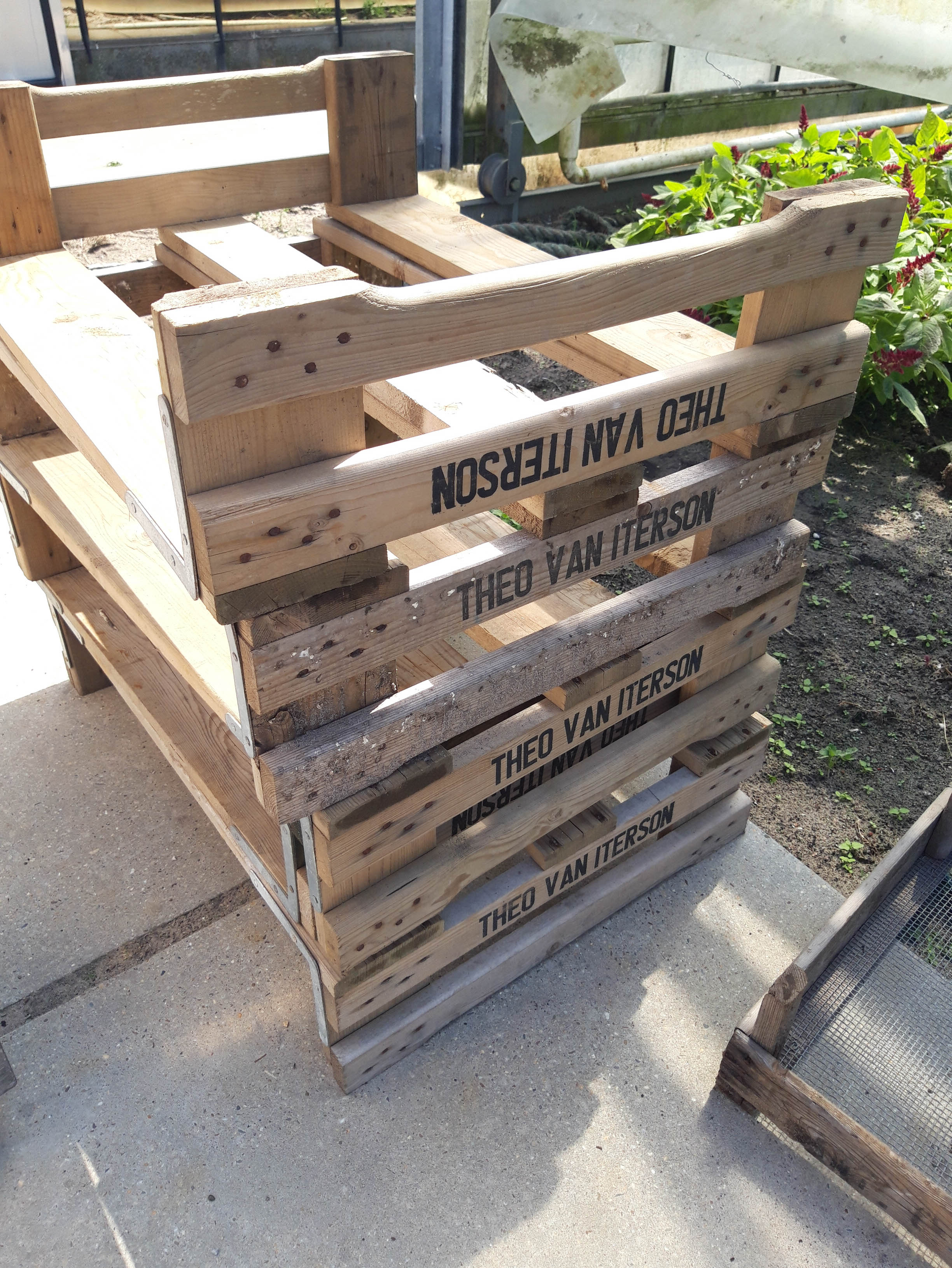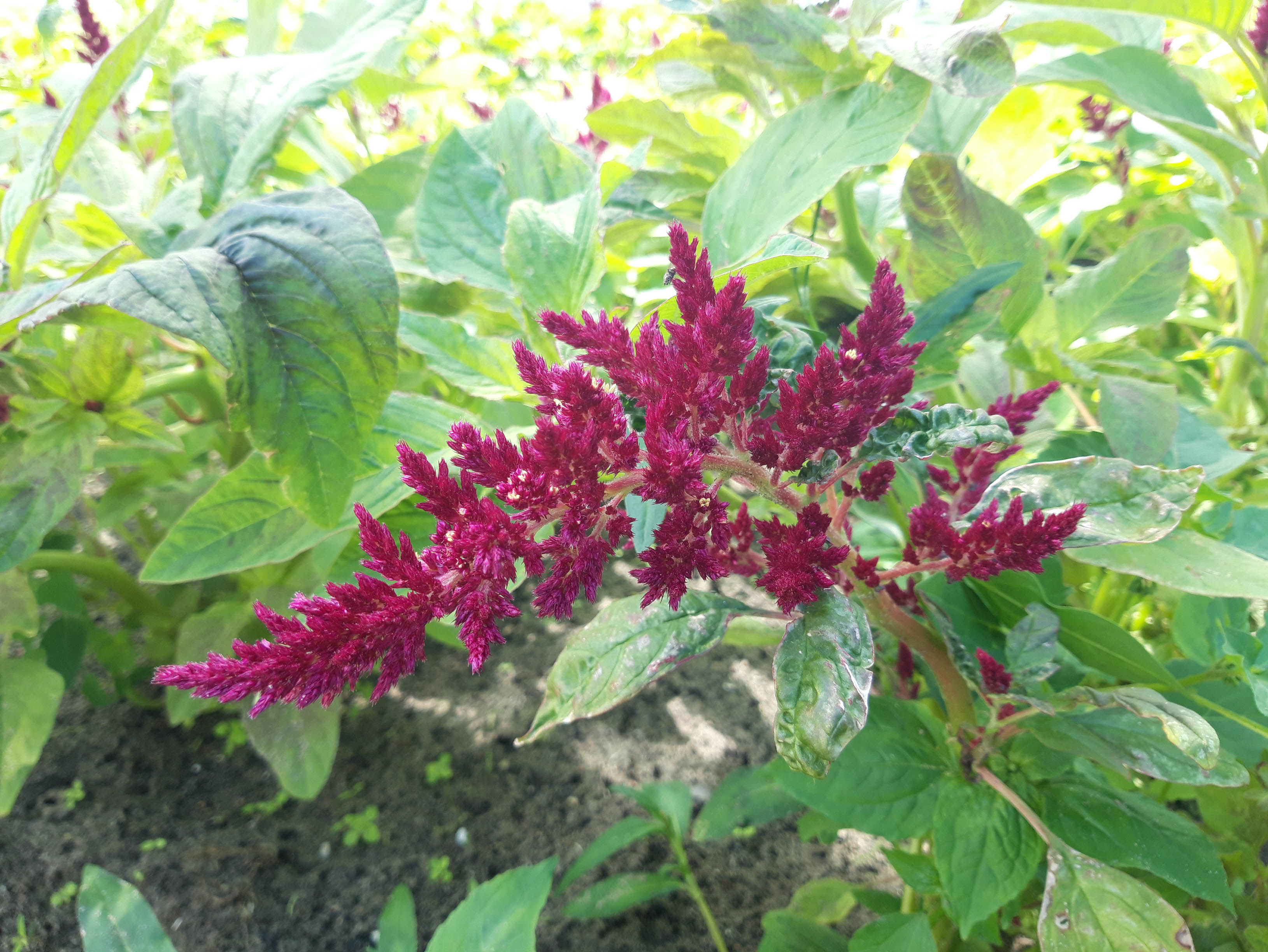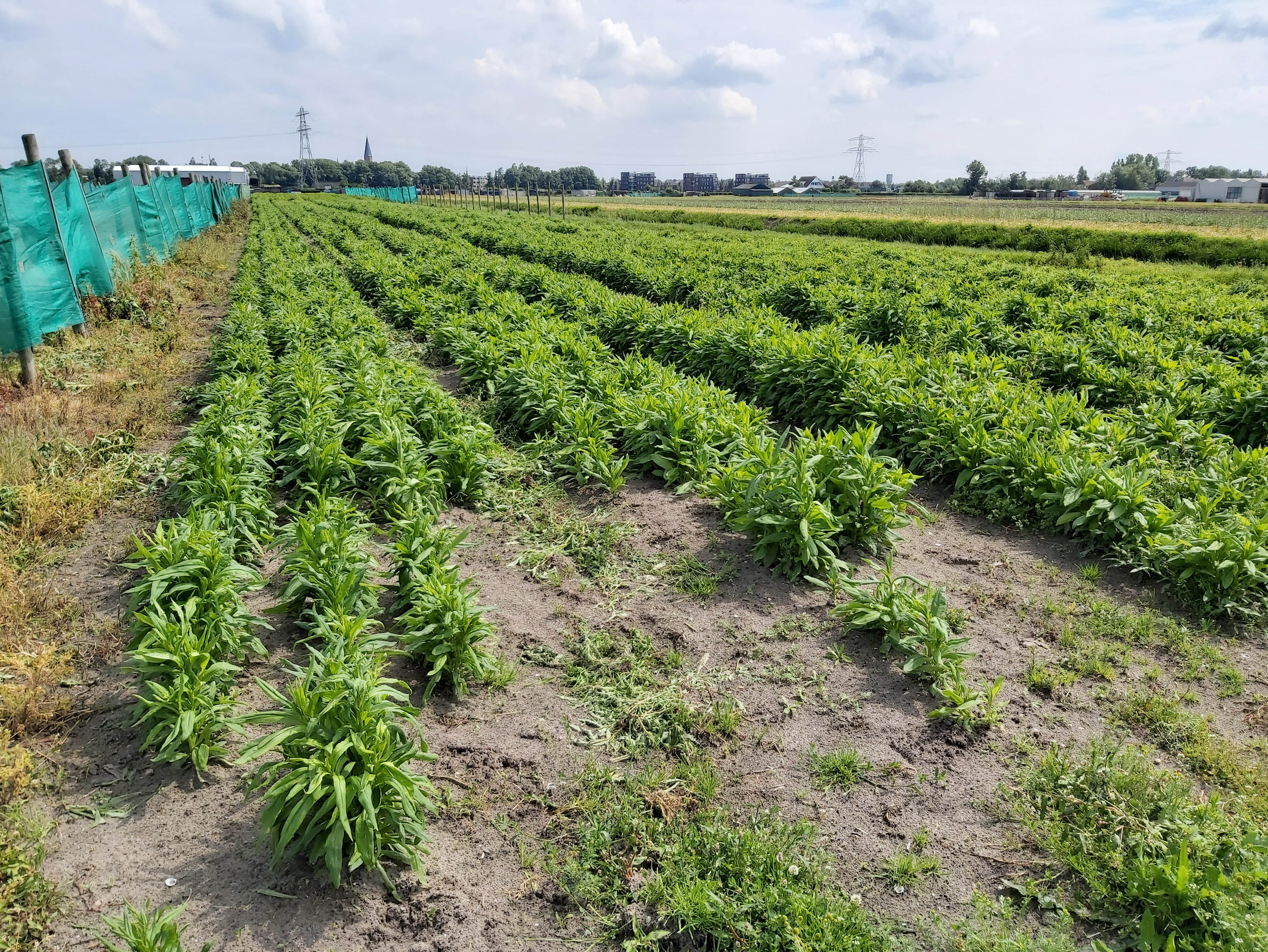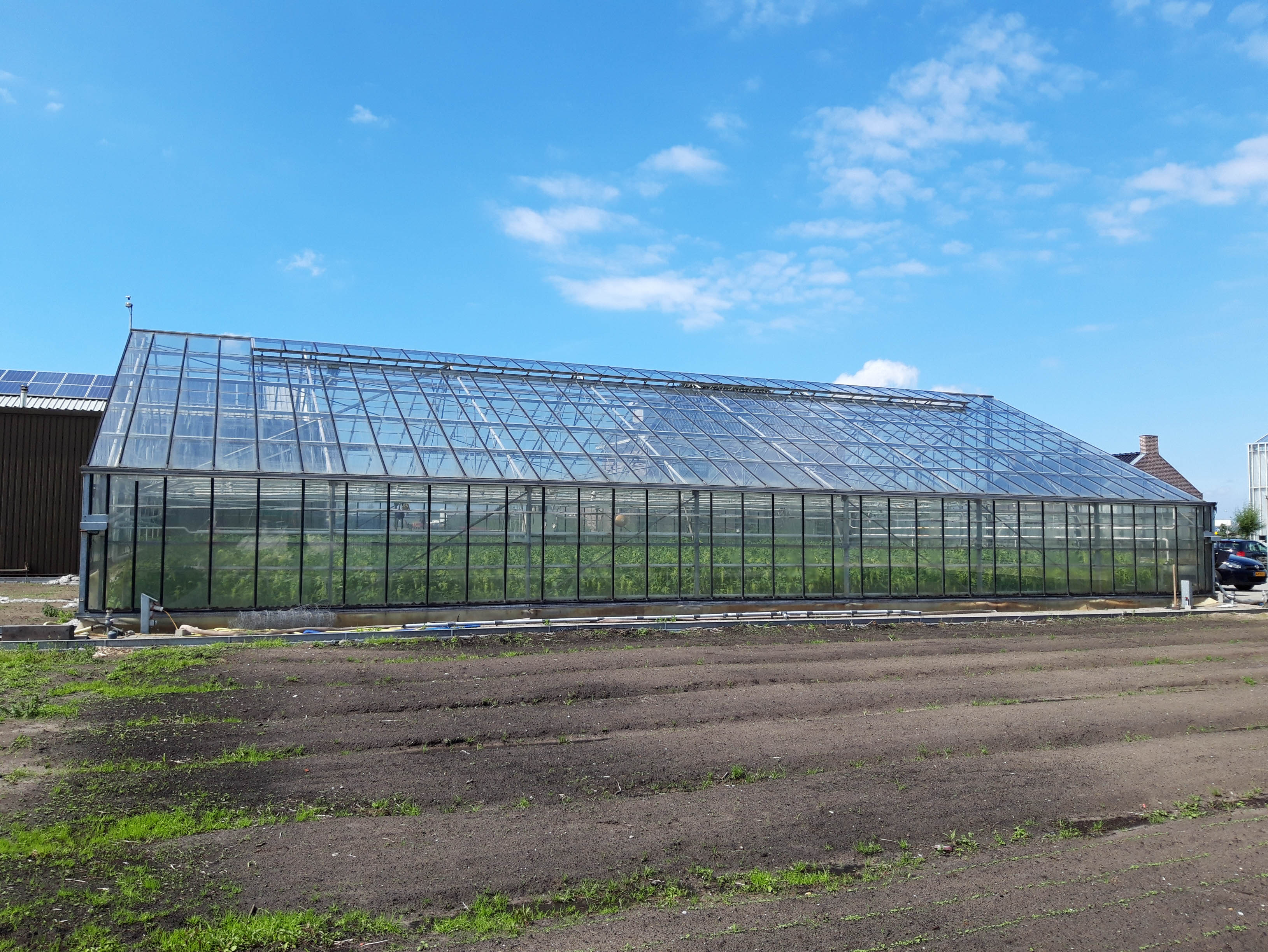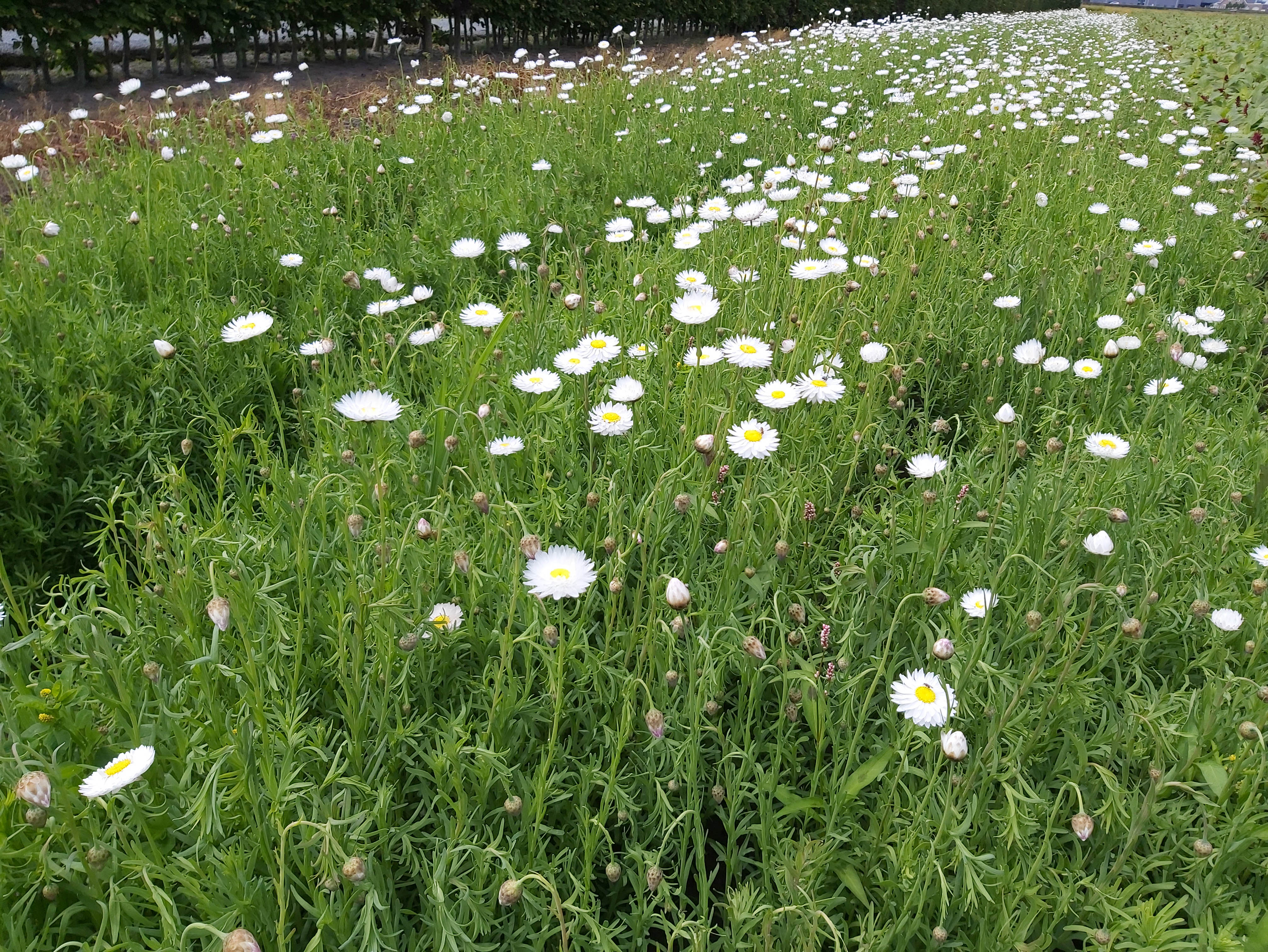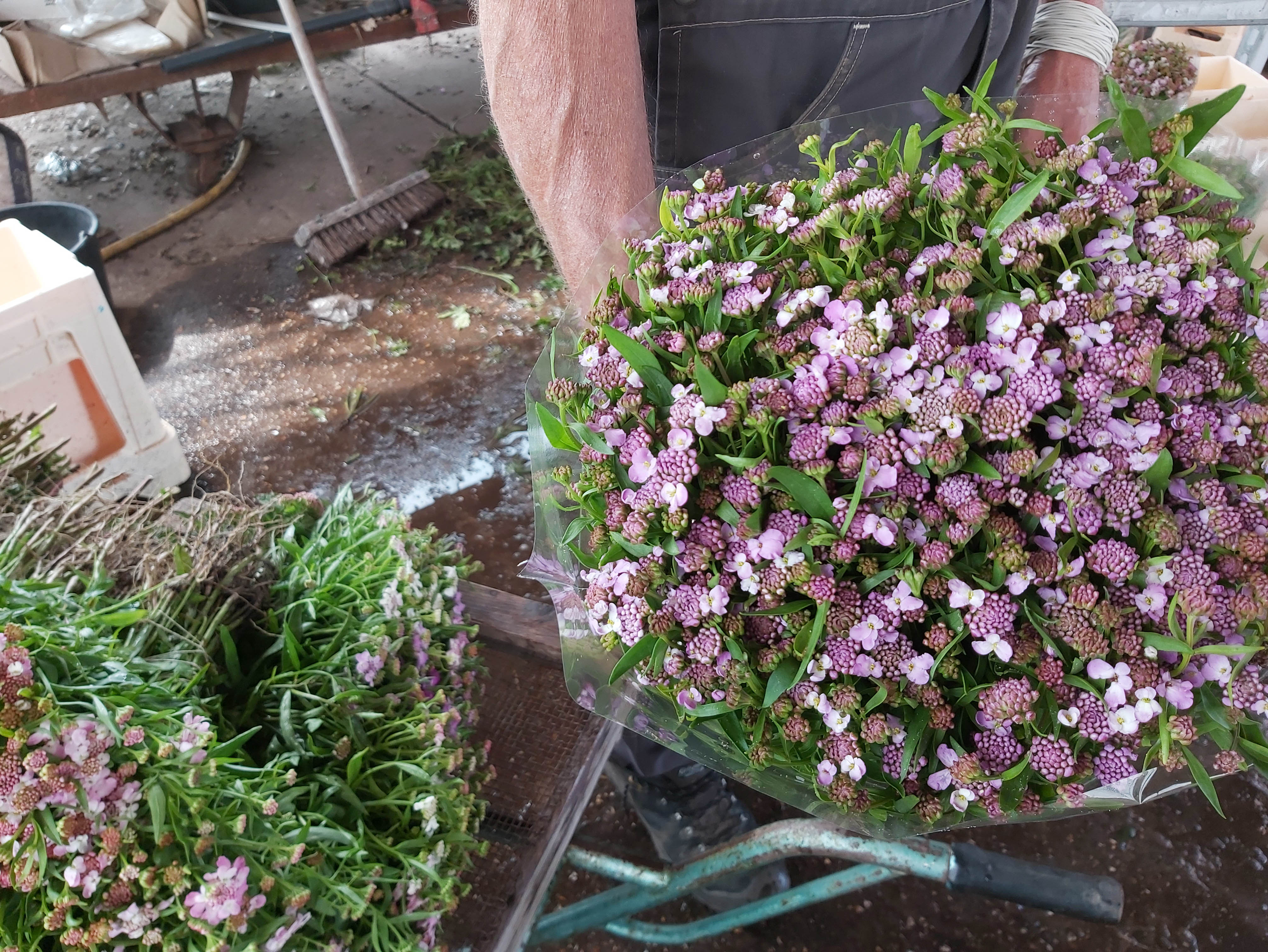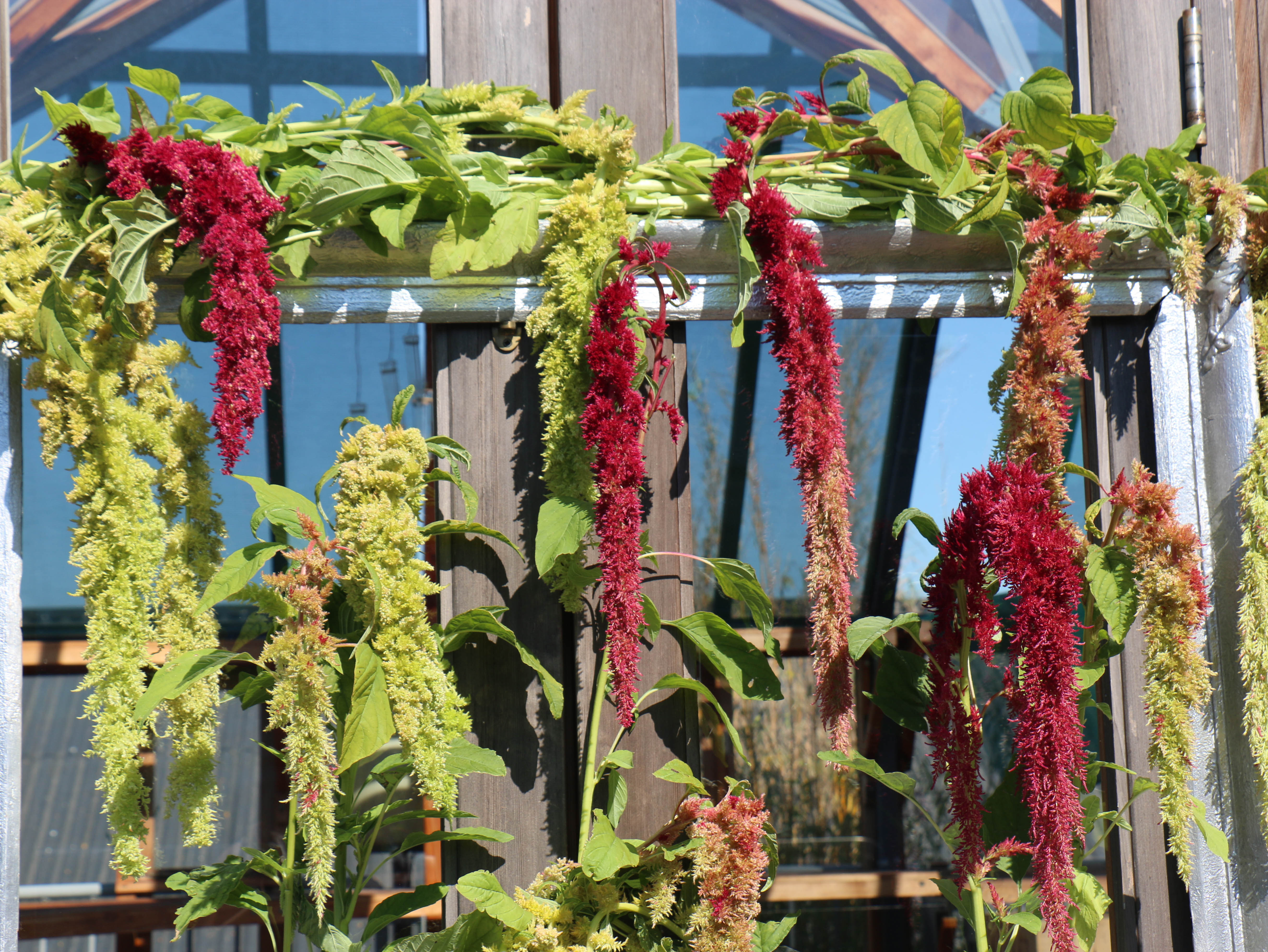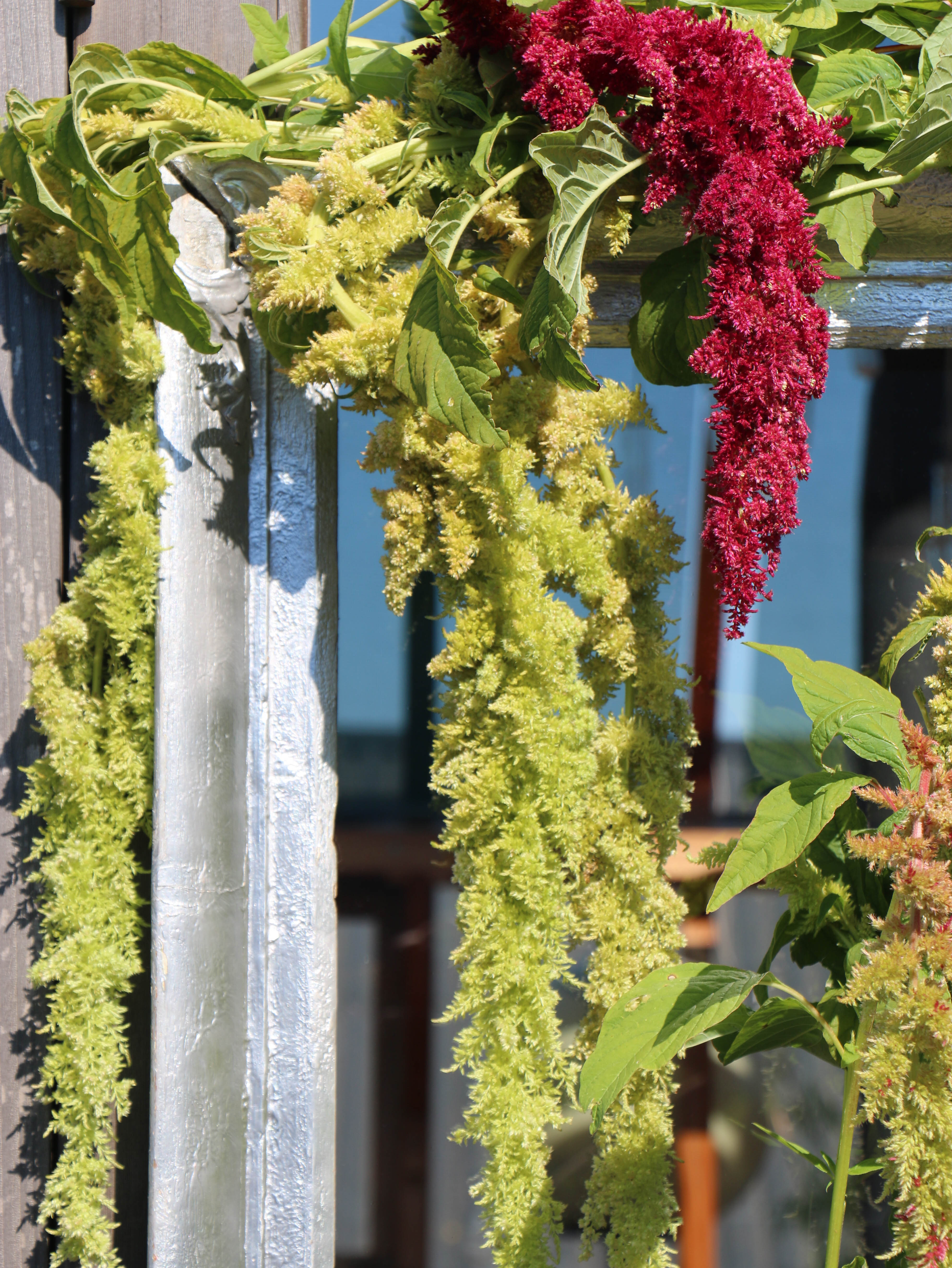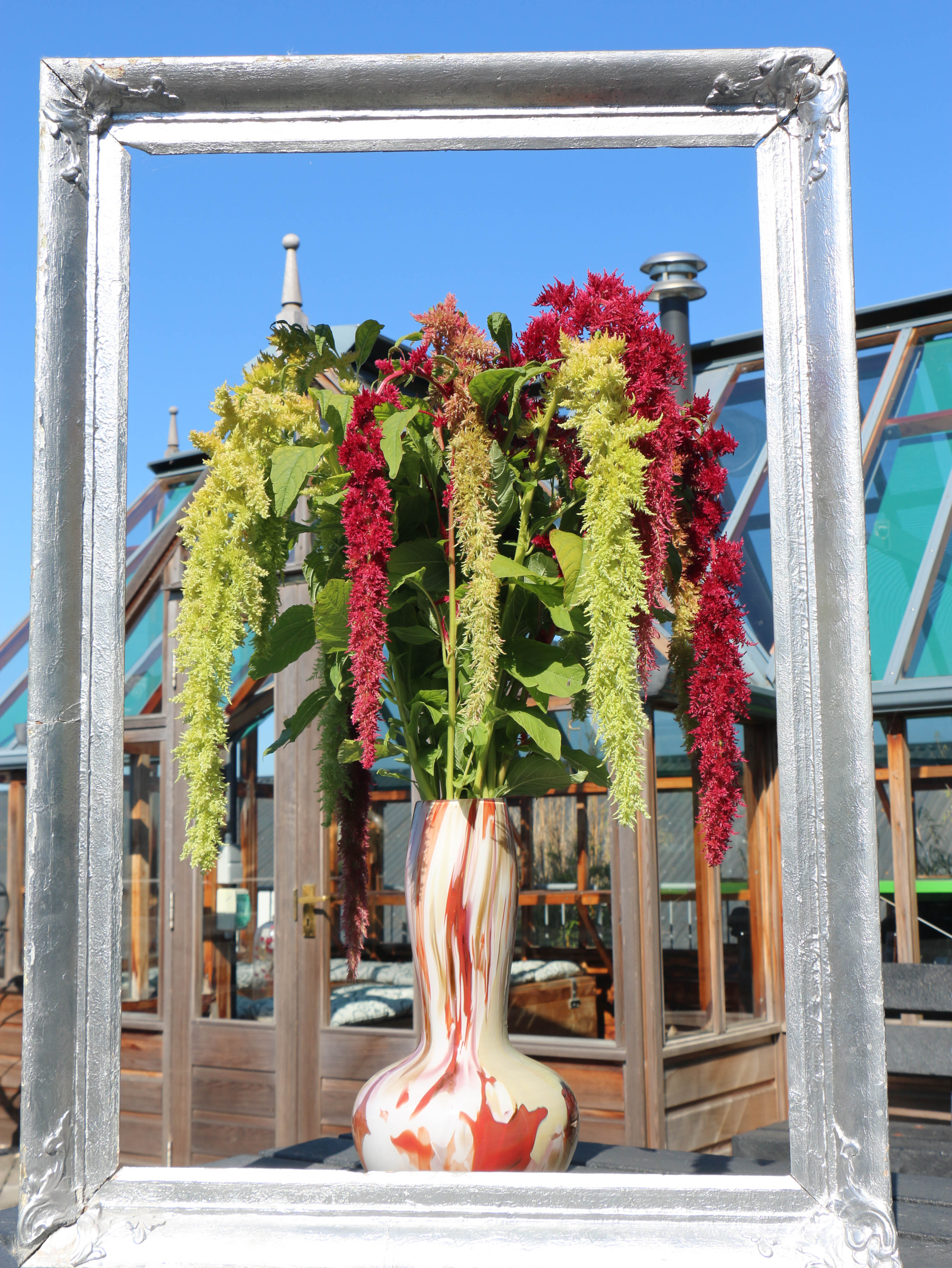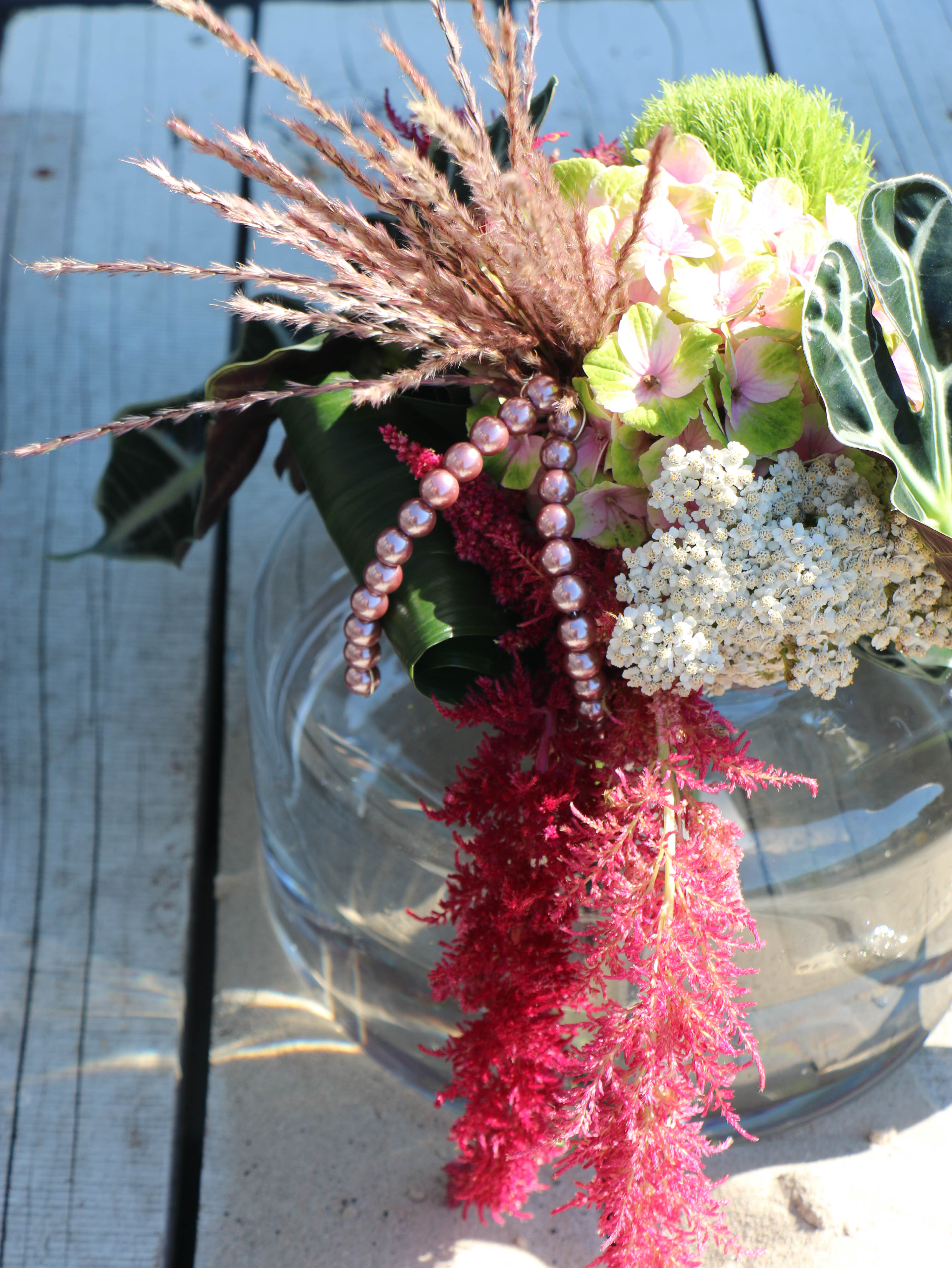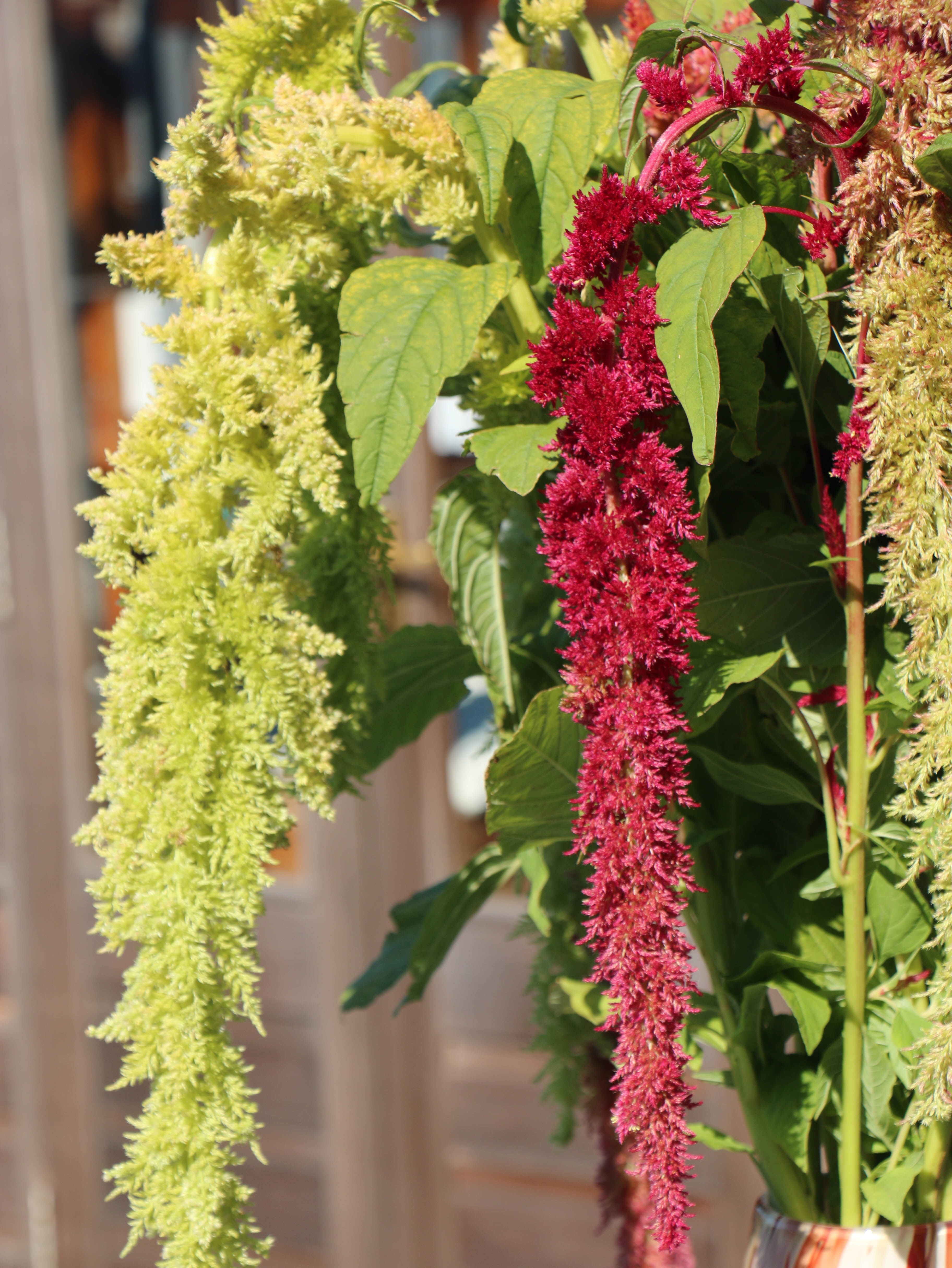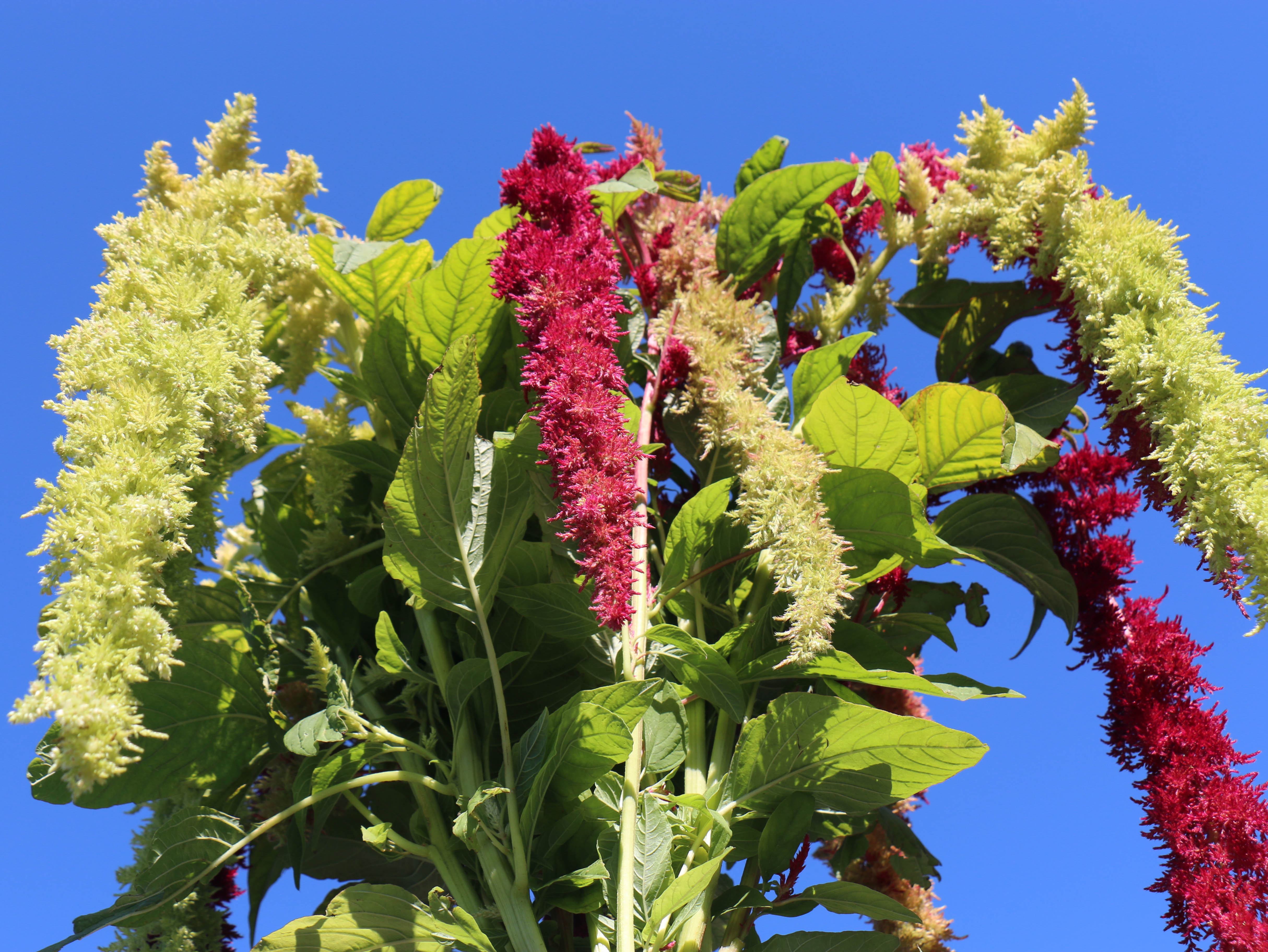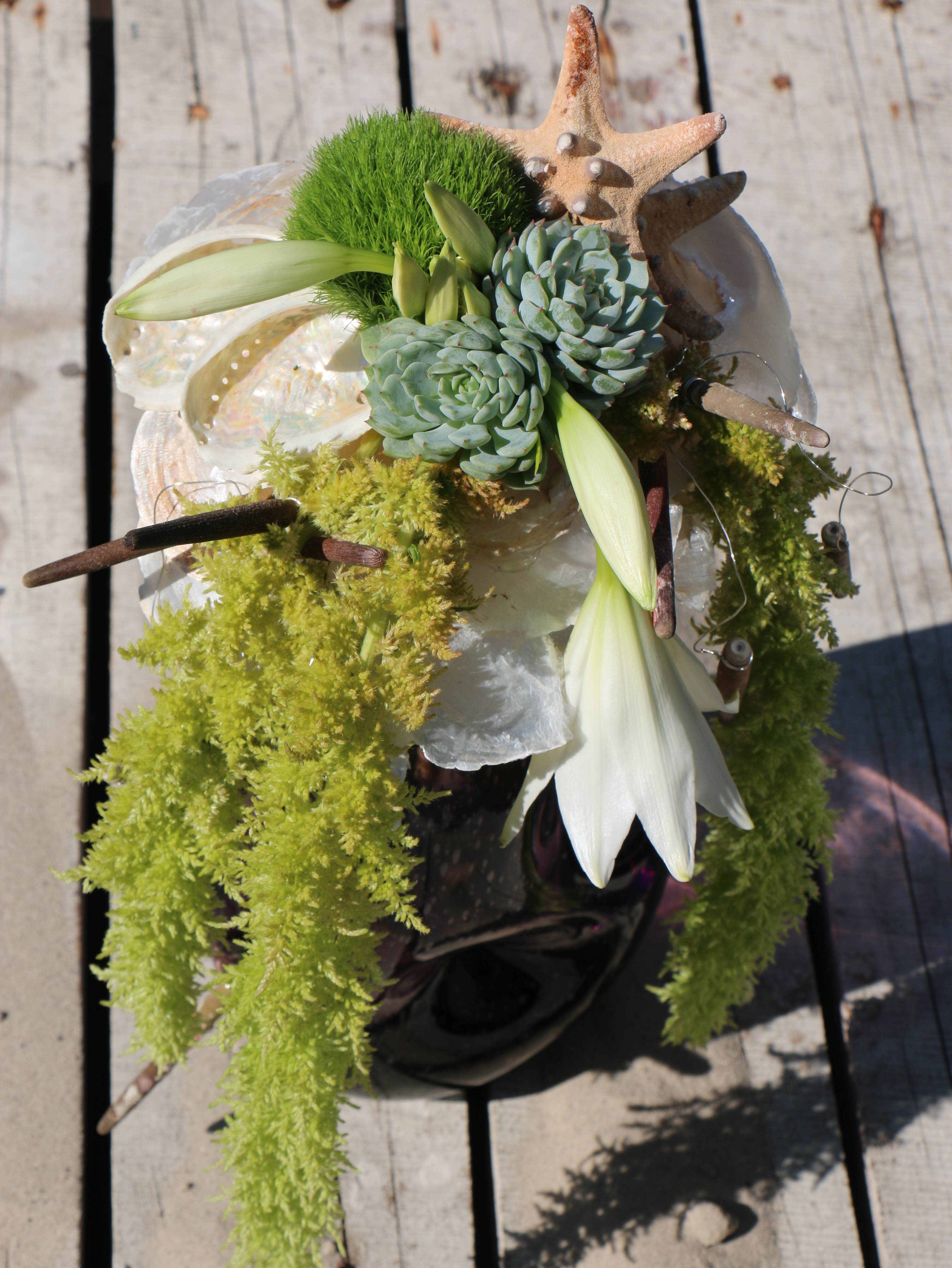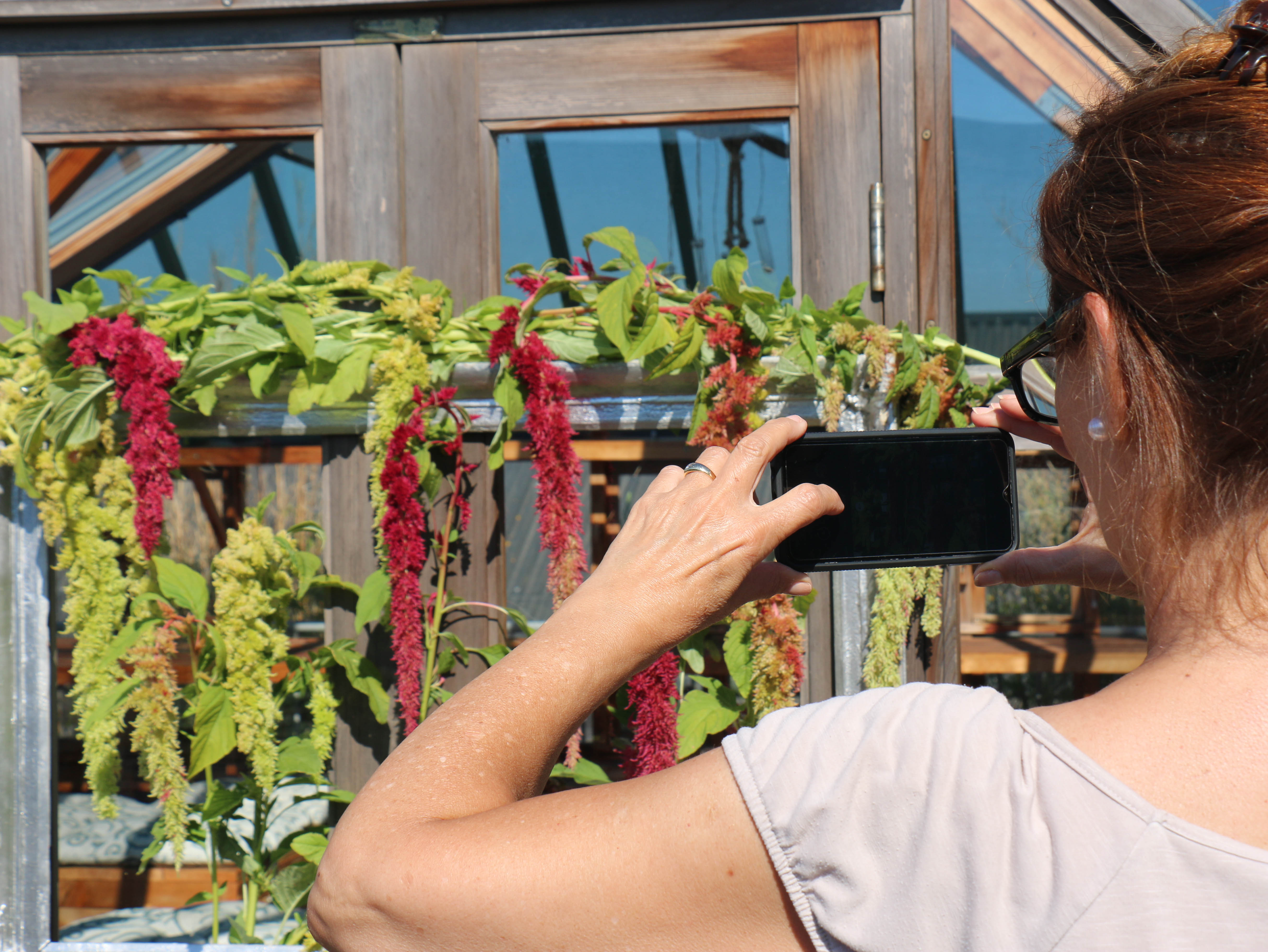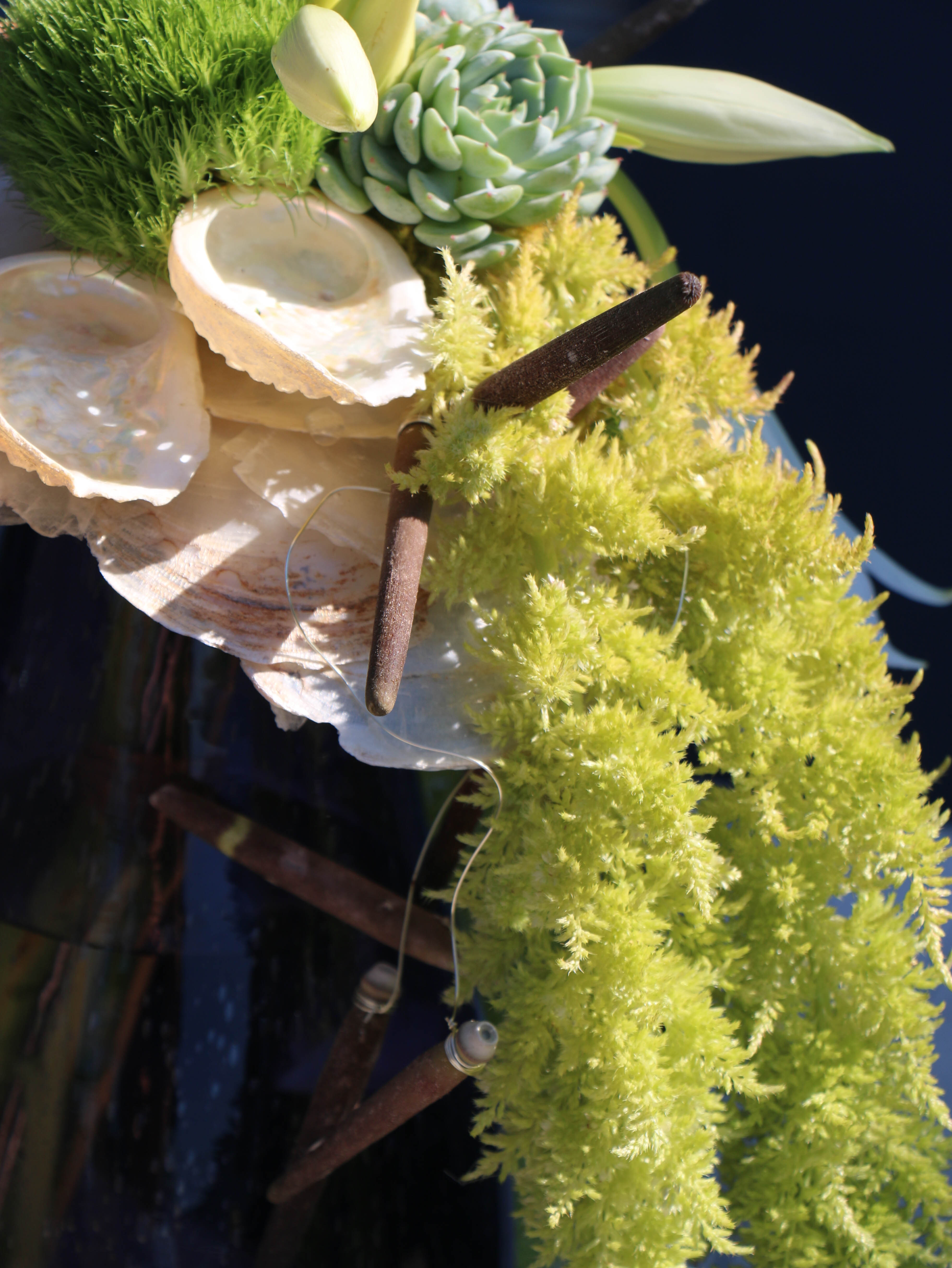This week at FloraPodium
Amaranthus caudatus 'Spider'
Calendar
Amaranthus caudatus 'Spider' is available from late April to November.
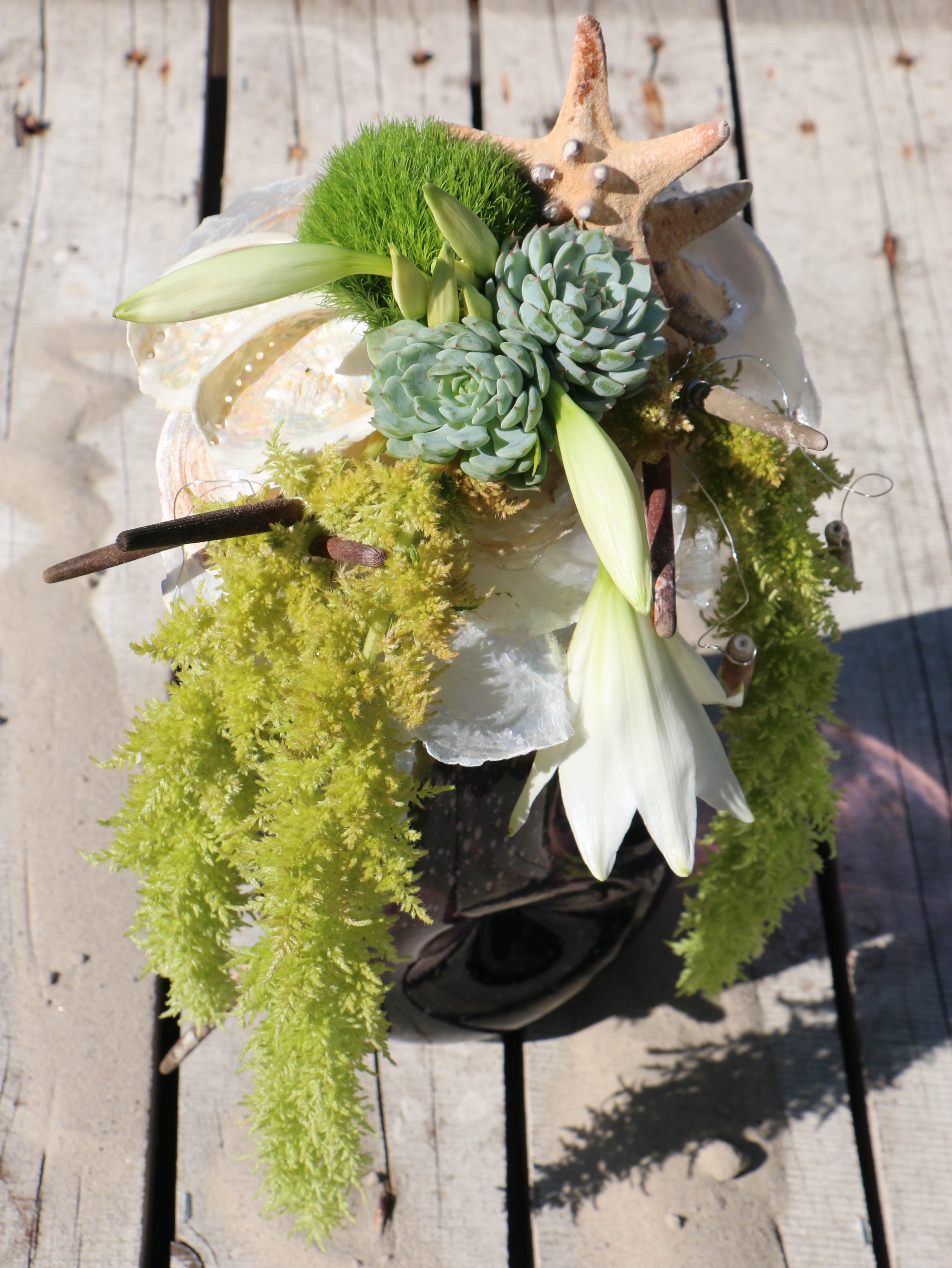
In the spotlights
Amaranths comes in different shapes and varieties. Years ago, Theo van Iterson discovered a very unique species in his crop. He became curious and bred this mutant futher. Today this variety is available in three different colors. We visited Theo, who told us extensively about the Amaranthus caudatus "Spider"!
Learned young
Theo is from a contractor family. His father was a carpenter, his brother active in the trade. Theo's uncle was a breeder, and Theo was more interested in that subject. As a little boy, he was already working a lot with his uncle. First he rented a piece of land, then bought a piece of land and that is how he got to where he is now.
Theo moved with his company ten years ago, which gave him new opportunities to do things differently. He grew lilies, tulips and hyacinths in winter and several summer flowers in summer. He was forever working, seven days a week. Since then he has dropped winter cultivation at the current location and has specialized in summer cultivation and breeding. His cultivation now consists of 80% amaranths, which he complements with a nice range of summer flowers that match the niche market.
Spider amaranthus
Theo has three color spiders in its range. Green Spider, Red Spider and the double-colored Magic Spider. All three species are unique due to the special tail shape. The name spider already reveals a lot. Where the other caudatus species have a denser flower structure, the spider has a slightly fluffy, open, branched tail. Very decorative and very nice to use as a florist in various exclusive flower arrangements. The Spider is also good to use on oasis, but Theo advises to remove the leaf from the stem when they are processed on oasis.
We ask Theo how to safely remove the amaranths from the packaging tins without damage; "You have to take the flowers out of the keg with rack and all, lay it flat on the table and then slide the rack off. So do not bunch together and lift it out; that would mean a greater chance of breakage. "
Cultivation
Theo is a passionate grower, he grows by his gut feeling. Together with one permanent employee and several temporary workers in the high season, he runs his garden. "You are close to nature and every season is different. Plowing, spraying, winter repairs; I mostly do everything myself. In this way the job remains challenging and varied. "
Theo has already grown a lot of cut flowers (and perennials) in recent years. He is convinced that it is best for a grower to follow nature. Growing products that fit the soil, growing them where they belong naturally so fertilizer is not necessary. Theo gives its crop leaf strengthening agents, making the crop stronger. This ensures strong plants and fewer diseases, so that little control is required. The Spider amaranthus fits very well with its current garden. It is a cultivation that is not under pressure, but fits the exclusive segment. If you don't cut today, you can do it tomorrow. The biggest challenge in this cultivation is to restrain the product. If you let this crop take its course (especially in the greenhouse), they can grow up to three meters high and they would become much too coarse and heavy.
Own mutant
Theo has discovered the Spider amaranthus in his own crop and he is the only grower who cultivates this unique type. It took at least thirteen years before he had a fairly stable crop. In the first ten years he was only able to sell 5% of his crop. Yet he did not give up. He continued to breed, which resulted in a stable crop with little loss. Most growers grow amaranths from small plants. Theo sows them himself from his own extracted seed. With the Spider this is still a complicated process; it’s generally much easier with the common species such as the Veridis and the Cyclops. It takes about twelve weeks from sowing until the amaranths can be harvested. The ideal length is 70 cm with a nice heavy tail.
The very first come from the greenhouse. The second batch has been sown outside, a roller greenhouse is placed over it at the last moment. In this way, he can effectively prolong the season a little more. After that he can completely switch to outdoor production.
New kind
In addition to the three colors that Theo currently has, he has given us a sneak peek at his latest variety; the Brown Spider! The name says it all, this variety has a very nice warm rust brown color. Ideal for autumn and wonderful to combine with beautiful berries!
We still have to wait a while for this newcomer, Theo hopes to put the first in the market next year.
FloraPodium, 24 September 2020
